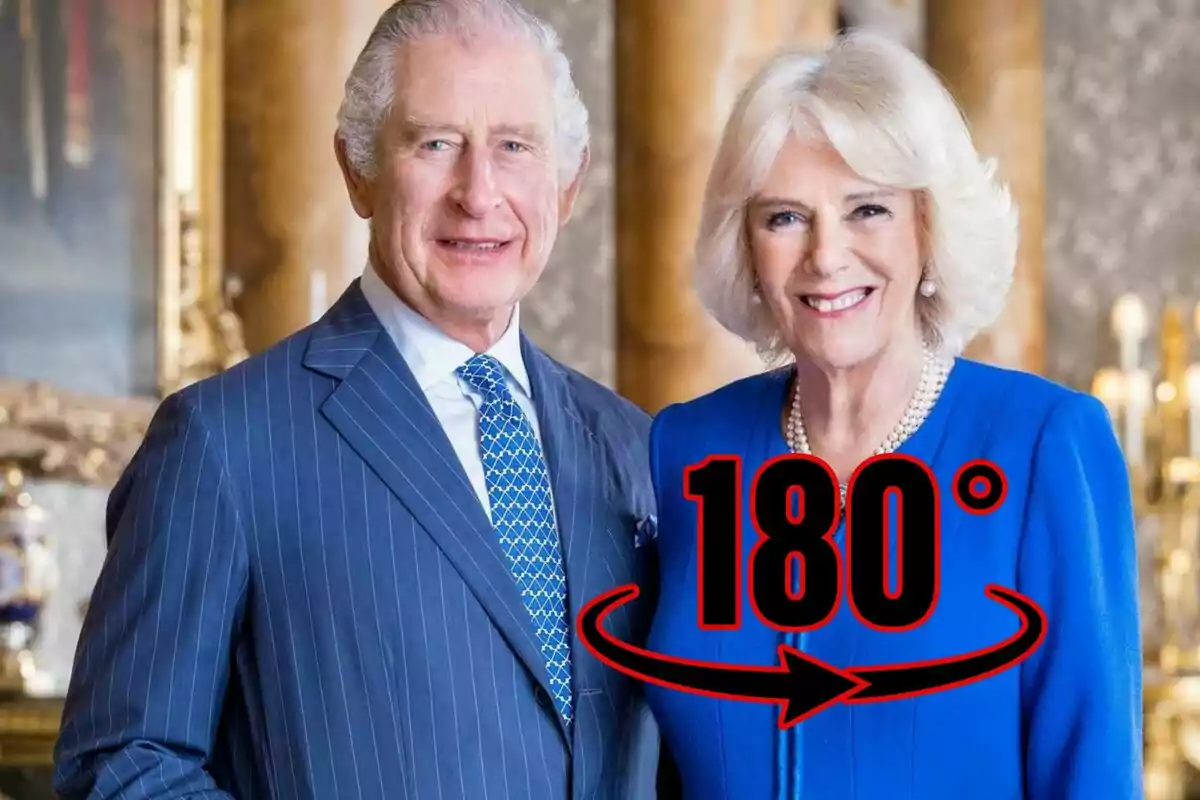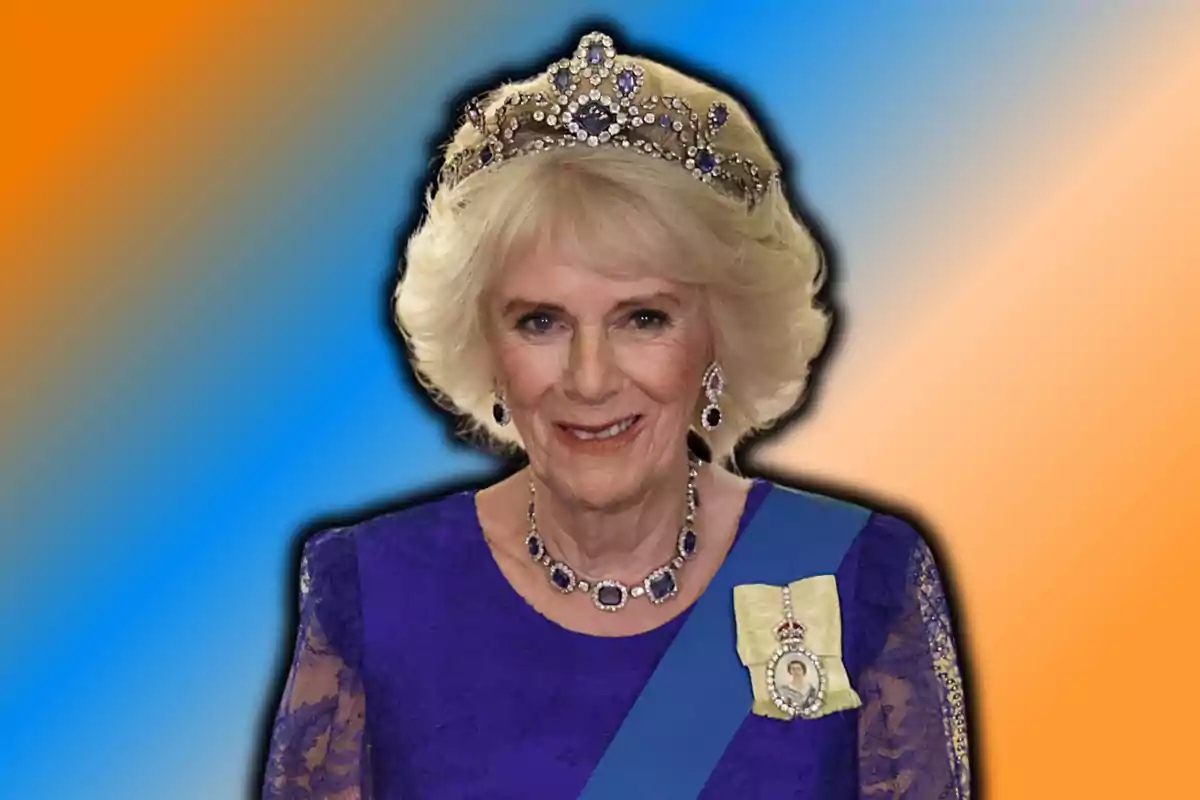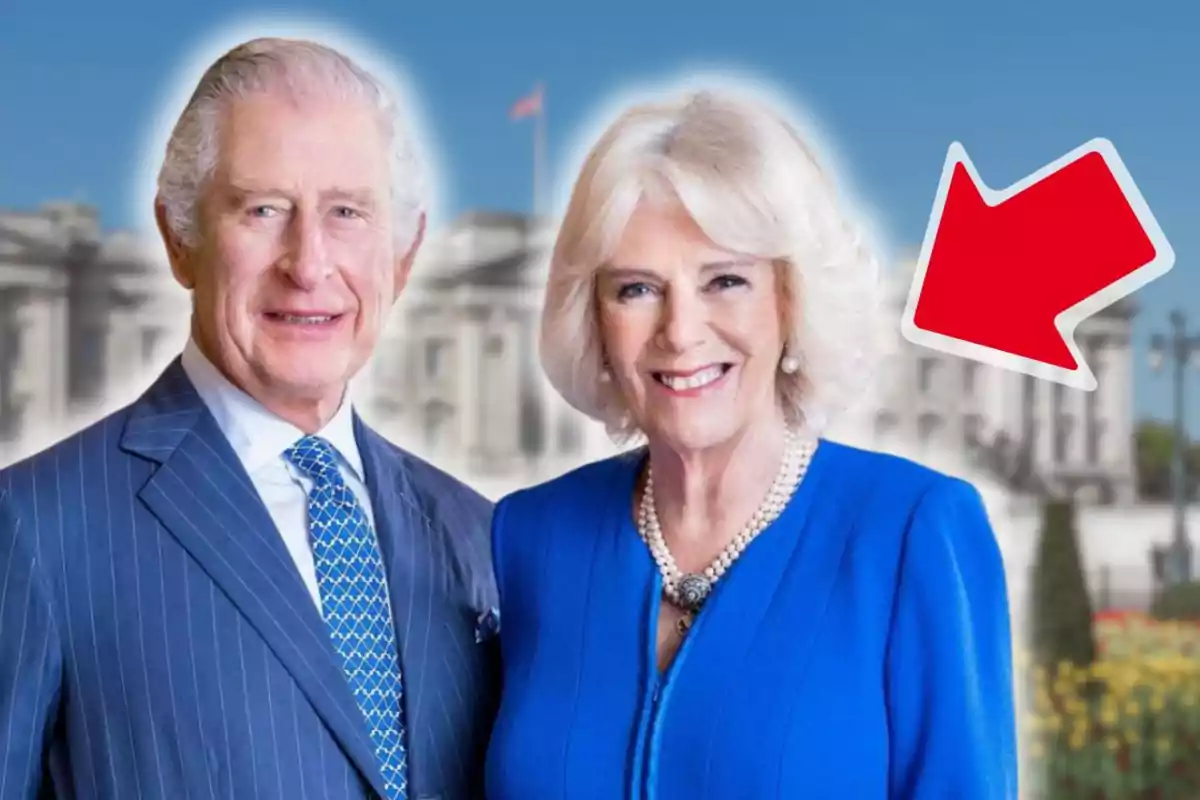The image is simple and, at the same time, incendiary: blue waters, August calm, and a flawless deck. Queen Camilla reappeared far from English gardens and closer to the Aegean, on a private trip that's already circulating on social media and society pages. The name of the yacht, taken from a third-century sovereign, adds a historical nod that doesn't quiet the noise. It fuels it.
Before, there had been flowers and greetings. At the end of July, Camilla and Charles visited the Sandringham Flower Show, one of the most beloved events for British royalty and the local public. Two weeks later, cameras changed locations. The conversation, its tone.
A summer in Greece that reopens the debate about the neutrality of the Crown
Camilla was photographed in Greece enjoying a day at sea aboard the superyacht Zenobia. The exclusive, initially attributed to the British press, ignited a familiar discussion: is the strict political neutrality of the Royal Family compatible with accepting the hospitality of major donors and influential figures? Media and society columns place the yacht's value between £30 million and £40 million and highlight the symbolic component of the gesture amid the cost-of-living crisis in the United Kingdom.

Charles III didn't accompany her on this trip. His schedule placed him in the north, in Scotland, where he presided over the Mey Highland Games as the event's chieftain. The timing reinforced the political and image reading: queen on a luxury vacation, king in kilts among the public. The difference in settings speaks for itself.
The Zenobia is a classic of the German superyacht industry. It's 187 ft. (57 m) long, accommodates up to 12 guests in six suites, and sails with a crew of 13 to 15 professionals. The exterior design is by Donald Starkey and the interior is attributed to Alberto Pinto, both regular names at this level of luxury.
Wafic Saïd, the yacht's owner, and the discomfort of a guest with a political past
The owner of the Zenobia is Wafic Saïd, a Syrian-Saudi businessman and philanthropist with a long-standing presence in the British sphere. His name is linked to the Saïd Foundation and, above all, to the Saïd Business School at the University of Oxford.
He's also connected to donations and relationships with the Conservative Party, a press archive that resurfaces every time his surname enters the royal narrative. His public profile includes his role as a facilitator of the controversial Al-Yamamah deal in the 1980s. He's no stranger to either politics or high society.
In terms of fortune, Saïd appears regularly in the Sunday Times Rich List with an estimated net worth close to £2 billion. That fact fuels criticism about the timing of Camilla's trip, especially as Buckingham tries to project budget moderation in times of austerity. The issue isn't legal. It's about aesthetics and judgment.
From London, royal correspondents recall that the monarchy must keep scrupulously out of the partisan game.

That's how the exclusive was interpreted: accepting the invitation of an old Tory ally "doesn't look good," summarized British columns that cited neutrality as a guiding principle. Camilla, meanwhile, was described with a summer look and a relaxed attitude, as in any private break. The controversy didn't reach the deck. It erupted outside.
The immediate context remains. Two weeks earlier, Charles and Camilla shared smiles among begonias and gardening enthusiasts in Sandringham. Then, separate schedules. He, Scottish tradition with kilt and awards. She, a peaceful anchorage in a Greek bay. The contrast fuels headlines because it encapsulates the eternal royal dilemma: protocol, perception, and politics, even if no one says the word.

